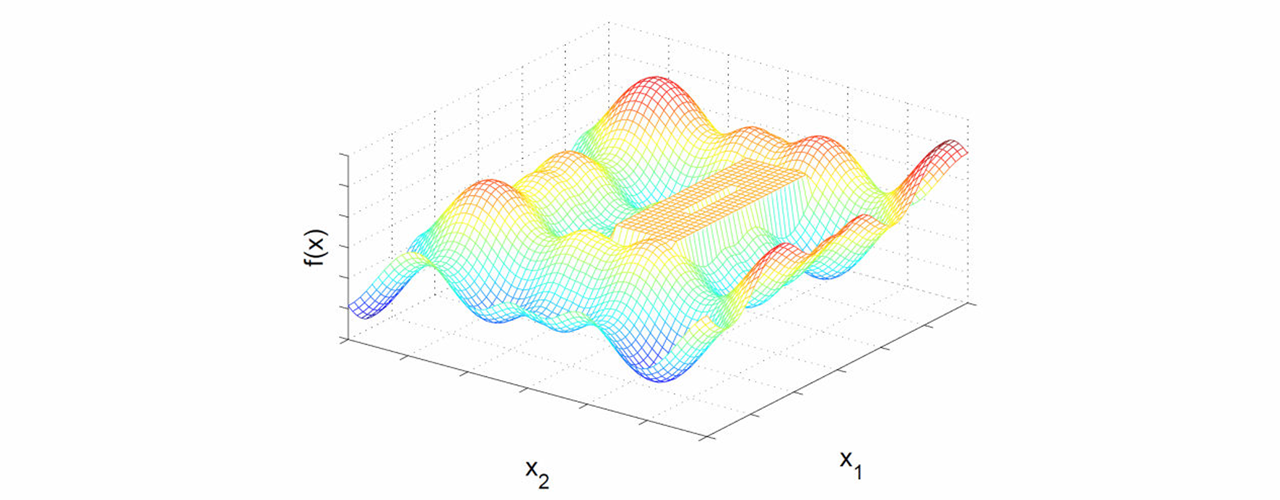Tutorial: Recent Advances in Fitness Landscapes (engl.)
IEEE World Congress on Computational Intelligence (IEEE WCCI), Beijing, China, 2014
Fitness landscapes are an abstract way for describing the relationship between the genetically possible (genotype), the actually realized (phenotype) and the survival/reproduction success (fitness). Differences in the fitness over genotypic space together with the Darwinian imperative to move into the direction of increasing fitness (codified by the notion of natural and sexual selection) results into the driving forces that are behind evolutionary processes. In other words, fitness landscapes are about analysing and visualizing the relationships between genotypes, phenotypes and fitness, while these relationships lay at the centre of attempts to mathematically describe evolutionary processes and evolutionary dynamics.
Adopting the basic idea from theoretical biology, fitness landscapes became increasingly popular in the 80ies of last century as a computational device for experimentally studying evolutionary scenario. Particularly stimulated through the works of Stuart Kauffman, Edward Weinberger and Terry Jones, amongst others, fitness landscape were also employed to analyse evolutionary search algorithms. For a certain time it was hoped that fitness landscape analysis would open up a way for predicting the performance of evolutionary algorithms for a given problem. Meanwhile, it has become clear that such an easily understandable relationship most likely cannot to be established, but landscape measures may be useful to establish different classes of problem hardness.
In the last couple of years, experimental and theoretical findings about the information transfer in biological systems have challenged the traditional understanding about the relationship between genotype, phenotype and fitness. Similarly, in evolutionary computation new topics in fitness landscape analysis emerged, for instance landscape measures and implications on problem hardness, visualizing concepts for fitness landscapes, coupled and deformable landscapes connected to coevolutionary phenomena or dynamic, stochastic and time-dependent fitness landscapes
The tutorial will give an introduction to the topic and address these recent developments in the theory and application of fitness landscapes and particularly cover the following topics.
- Principles and perspectives of fitness landscapes
- Examples of empirical and computational landscapes
- Topology, measures and problem hardness
- Coevolutionary and dynamic fitness landscapes
- Open questions and research topics

